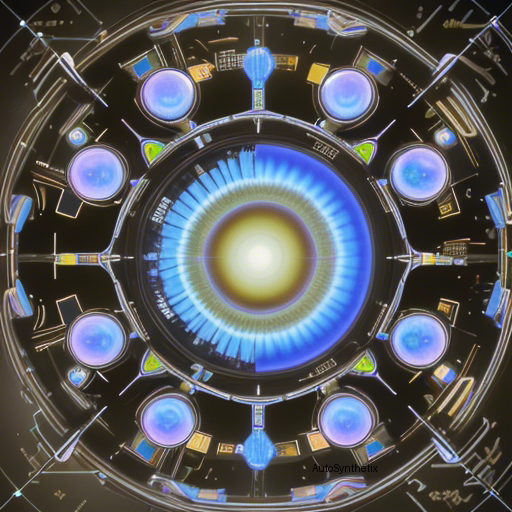Introduction
As artificial intelligence (AI) continues its rapid advance into numerous industries, healthcare remains one of the most transformative sectors. In particular, the realm of ophthalmic surgery stands poised for significant disruption through the power of machine learning algorithms. Enter 'OphNet', a groundbreaking initiative set to reshape our approach towards understanding intricate ophthalmic surgical procedures using highly specialized video data. Let's delve deeper into this fascinating research spearheaded by Ming Hu et al., published recently under arXiv banner.
The Gap in Ophthalmic Data Sets
Despite impressive strides taken by researchers worldwide, progress in developing intelligent systems capable of analyzing various stages involved in ophthalmic surgical workflows stumbles upon a common hurdle – insufficient high-quality, diversified training material. Conventional datasets often fall short due to their limited scope, a narrow range of surgical categories, or a deficiency in fine-grained annotation details. This creates a bottleneck when testing models against real-life complexity encountered during actual medical practice. Recognizing these limitations, the team behind OphNet sought out a more robust solution.
Introducing OphNet - An Extensive Video Database Empowering Robust Models
To tackle these issues head-on, the innovative minds behind OphNet introduced an extensive, professionally curated database named "OphNet." Designed meticulously to cater specifically to the nuances inherent in ophthalmic surgical processes, this remarkable resource sets new standards in the field. Key attributes making OphNet stand apart from previous efforts include:
1. Diversification - Encompassing over 2,278 distinct surgical videotapes enveloping myriad subspecialties such as cataracts, glaucomas, and corneal treatments, OphNet presents a far wider spectrum compared to other extant resources.
2. Rich Detail - Each entry boasts exhaustively precise annotations detailing 102 different surgical phases alongside 150 specific operational steps. By offering a hierarchical structure, the dataset ensures both holistic comprehension and enhanced interpretability for advanced modelling techniques.
3. Time Localisation - One of OphNet's defining strengths lies in incorporating chronological annotations that facilitate predictive analyses tied explicitly to procedural timestamps within surgical workflows. Such capabilities were previously unavailable in similar offerings.
With almost 205 cumulative hours worth of carefully selected footage, OphNet dwarfs rival databases manyfold, establishing itself as a veritable game changer in the pursuit of AI-driven breakthroughs in ophthalmic care. Availability of this open-source project accelerates academic collaborations globally while driving further innovations across multiple domains.
Conclusion
In summary, the advent of OphNet signifies a pivotal moment in the evolutionary journey toward enhancing AI applications in the medico-scientific domain, primarily focusing on sophisticated ophthalmic surgical practices. As a testament to human ingenuity, this ambitious endeavor showcases how collaboration between multifaceted disciplines can lead us closer towards realizing a future where cutting edge technology seamlessly integrates with life-changing clinical solutions. Embracing projects like OphNet will undoubtedly expedite scientific discoveries, ultimately benefiting patients around the world seeking top-of-the line eye treatment options powered by next generation technological advances.
Source arXiv: http://arxiv.org/abs/2406.07471v2
